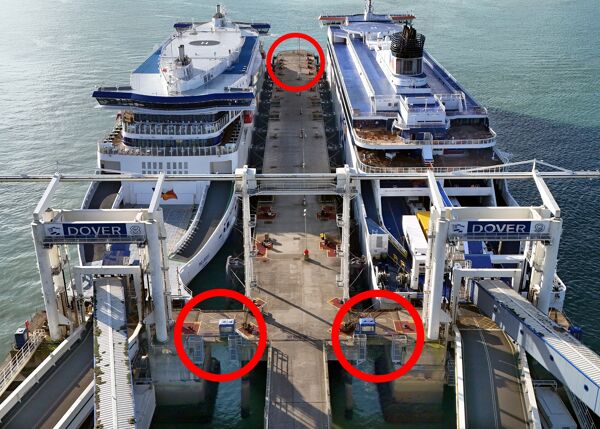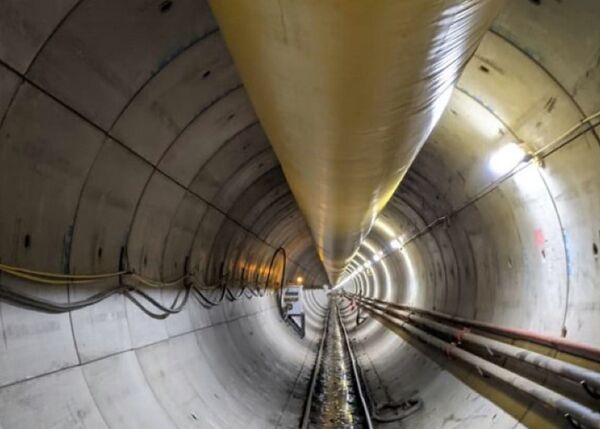
Christchurch International Airport in New Zealand selected the NEC3 Engineering and Construction Contract (ECC) to procure the airside civil works of its £95 million, six-year redevelopment scheduled for completion in 2012. The airport, which is the transport hub of South Island, is the countrys second largest and handles over 6 million passengers a year.
The airside civil works element includes 50,000m2 of new and resurfaced apron, new apron floodlighting, new apron drainage, a new water main and 11kV power ring, aircraft ground power infrastructures, and protection and relocation of existing services. Contractor Isaac Construction Company started on site in May 2010 and is undertaking the work in 15 sections over 30 months.
Managing Frequent Change
Project manager Coffey Projects recommended ECC option C (target contract with activity schedule) to employer Christchurch International Airport Limited in view of the many likely changes in operational requirements and access dates for apron work. It was seen as inevitable that flight schedules and stand requirements would change, as would dates other contractors handed over areas to the airside civils contractor, requiring a high degree of communication between all parties, says Matthew Freeman of Coffey.
According to the employer's Project Director Gary Bowman, "Use of an ECC option C target-cost contract focused the team on looking ahead for better ways of doing things. Real savings were achieved by coordinating the work with airfield safety officers and by giving early or temporary access to areas we had not envisaged at tender stage. It helped us all deal with risk items in an open way, such as interfaces with other contractors, but it also meant we were not paying a risk allowance unnecessarily."
Non-Adversarial Approach
Though not having used NEC3 contracts before, contractor Isaac found it a welcome change. Isaac's Project Manager Jeremy Dixon says, "NEC3 is based on a simple philosophy of partnering, collaboration and a best-for-everyone approach, and not a master-servant style of traditional contracts used. The contract went very well and the incentive to share possible time, financial and safety issues promoted a non-adversarial approach to contracting. We are very keen to work under this type of contract on future projects."
All airside civil works subcontractors were appointed using the NEC3 Engineering and Construction Subcontract to ensure timescales for communication were fully integrated along with the early-warning process. "The back-to-back subcontracts brought subcontractors into the spirit of the main contract and empowered them actively to support the contractor in managing risks and opportunities," says Freeman.
Benefits of NEC
- Built-in early-warning system fostered collaborative risk management, encouraging the contractor to identify risks and opportunities, and the employer to give advance notice of frequent changes.
- Open-book nature of ECC target-cost option meant the employer only paid actual cost plus fee and any pain/gain for work instructed, without unnecessary payment of risk allowance.
- Risk-reduction meetings enabled order of work to be changed well in advance to accommodate the employers changing operational requirements, avoiding extra cost and time.



